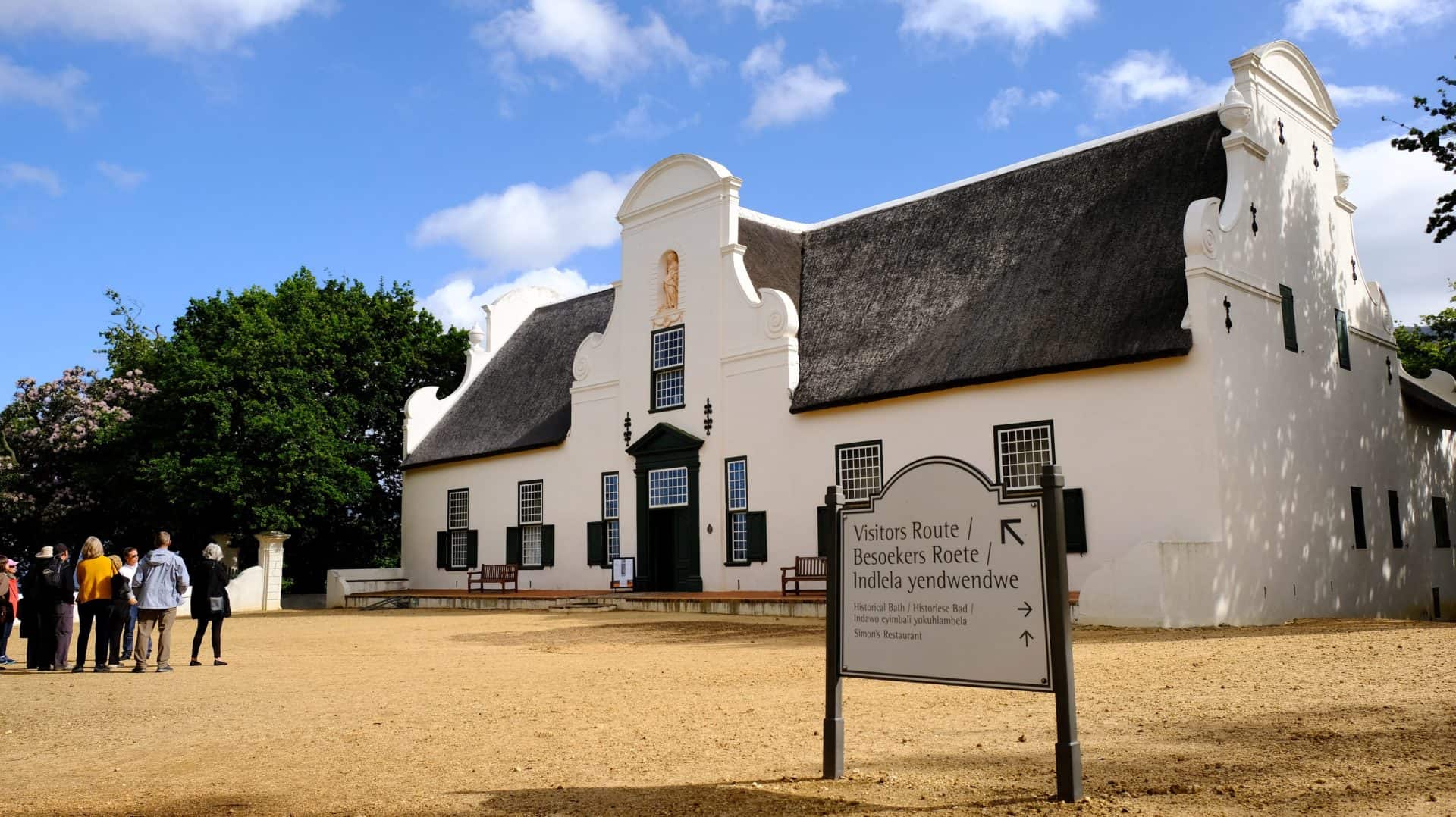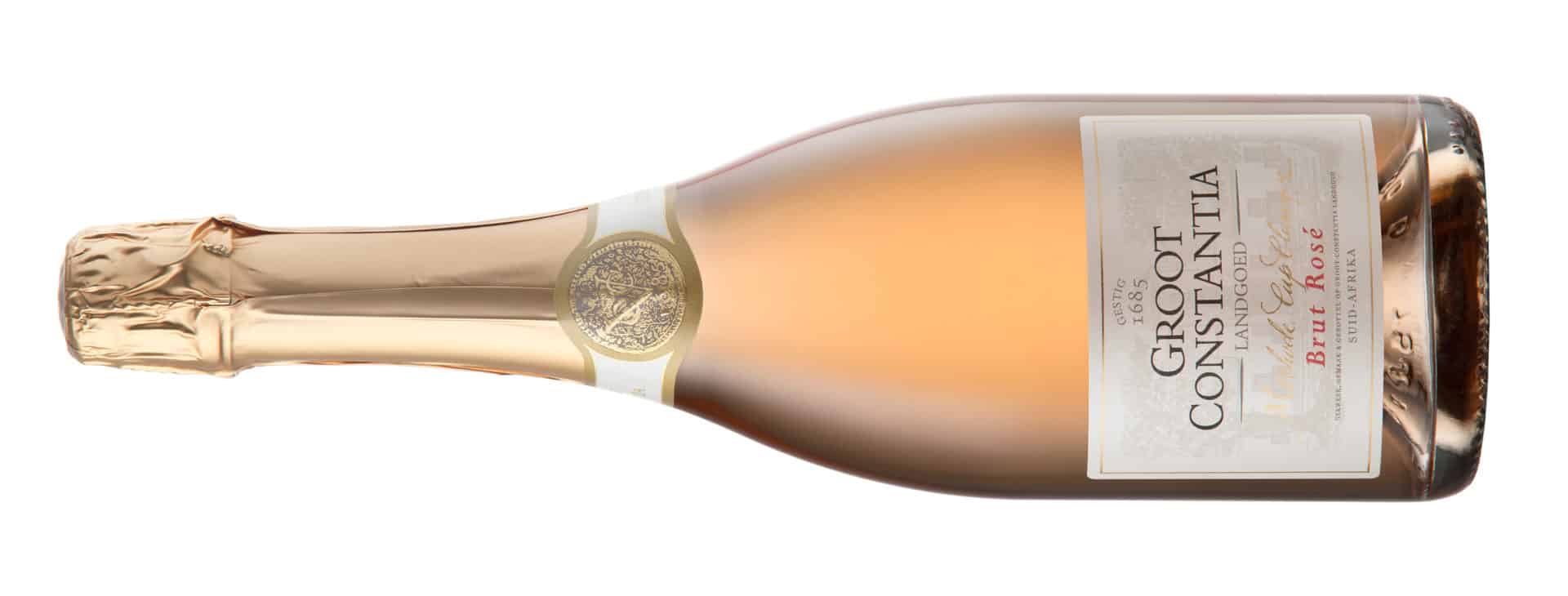The 6th to the 12th of October is Drink Local Wine Week – a time when South Africans are encouraged to support their local wine estates and celebrate the abundance of fabulous wines produced in the country.
What better way to toast Drink Local Wine Week and pay homage to our local wines than by visiting Groot Constantia, the oldest Wine Estate in South Africa (with an uninterrupted 334 year history of producing wine) and the origin of South Africa’s wine industry?
Here you can savour a range of multi-award winning red and white wines, the iconic multi-award winning dessert wine Grand Constance, and the award winning Method Cap Classique. A great way to familiarise yourself with the Groot Constantia wines is by enjoying a wine tasting in the historic Cloete Cellar – with your own Spiegelau crystal glass that you get to take home as a memento. You can also opt for a wine and chocolate pairing.
Also worth noting is that in addition to being able to do wine tasting in the Cloete Cellar, the Groot Constantia wines can be purchased in both the Cloete Cellar and modern Production Cellar – so you can take home your favourites to enjoy later with friends and family.
But there are other reasons to support local wineries that extend past pride in our locally produced wines.
Support local – the economic knock-on effect
There is a far-reaching economic impact when you buy from a local wine estate.
The impact on the local economy has a greater reach than you may realize. Not only are you supporting that particular winery, but also the local suppliers and contractors that rely on that establishment for their livelihood, as well as the many jobs that are created at the winery itself. Another significant impact is the beneficial effect wine estates have on our tourism industry through wine tourism. This in turn supports tour operators, tour guides, establishments that offer accommodation nearby etc.
Import and transport cost
Many people believe that the higher the price you pay for a bottle of wine the better that wine will taste. The truth is that the cost of production directly affects the cost of the wine and when a winery takes the extra steps to ensure quality, the wine can be more expensive. For example, hand sorting grapes is labour-intensive and costly – which will directly affect both the price and quality of a wine.
However, aside from the fact that everyone has different versions of “good wine” based on their personal taste preferences, the price you pay does NOT always mean it is a superior wine. Wines that have been imported and have travelled great distances will automatically be more expensive – if it costs more to transport a wine to its destination then the listed price will be higher, regardless of quality.
Carbon footprint created through transport
The carbon footprint of wine includes production, packaging, and transportation. However, the bulk of emissions associated with wine are a result of the transportation process.
Shipping wine over great distances creates a huge carbon footprint. Then the road freight to transport the wine from the harbour to the distribution centre and then to the retail stores adds to this. You can do your part towards sustainability by choosing to buy a local wine – in fact buying the wine directly from the estate cuts the emissions created through transport dramatically!
Quality versus quantity
Another factor is quality. Consumers may be tricked into thinking they are buying a premium imported wine at a budget price. For example some wineries add oak chips or essence of oak to their wine. This process is an effective way to give you the impression that it has been ageing in oak without the cost of an expensive oak barrel or having the capital tied up in ageing wine.
Keep it local for Champagne Day too!
On the topic of choosing local wines, hot on the heels of Drink Local Wine Week is World Champagne Day on the 18th of October. For those of you who plan to celebrate the day with a chilled glass of Bubbly be sure to choose our locally produced version – which is called Methode Cap Classique (MCC), as only sparkling wines made in the Champagne region of France can be labelled under that name.
The facts on MCC
MCC is made using grapes that are low in sugar. Similar to white wine, MCC grapes are pressed and then fermented to produce a low alcohol wine. But when the wine is ready for bottling, sugar and yeast is added and the wine-sugar-yeast mixture is bottled. The carbon dioxide in MCC is formed during the second fermentation in the bottle. The wine is left with the yeast in bottle for at least one year, often two to three years, before the sediment is removed in a process called degorgement to get the wine ready for the market.
The Groot Constantia Method Cap Classique Brut Rose – which recently won Gold at the 2019 Amorim Cap Classique Challenge, South Africa’s leading awards event which honours the country’s top Méthode Cap Classique wines – is highly recommended to celebrate Drink Local Wine Week and Champagne Day and is made with 90% Pinot noir grapes and 10% Chardonnay grapes. Our MCC has a delicate salmon pink colour and is yeasty and doughy in characters on the nose with refreshing notes of stone fruit with crisp acidity on the palate. Enjoy on its own or with summer salads, deliciously fresh oysters and grilled fish dishes. Cheers!
International Drink Local Wine Week #LocalWine #SouthAfrica
Ends






